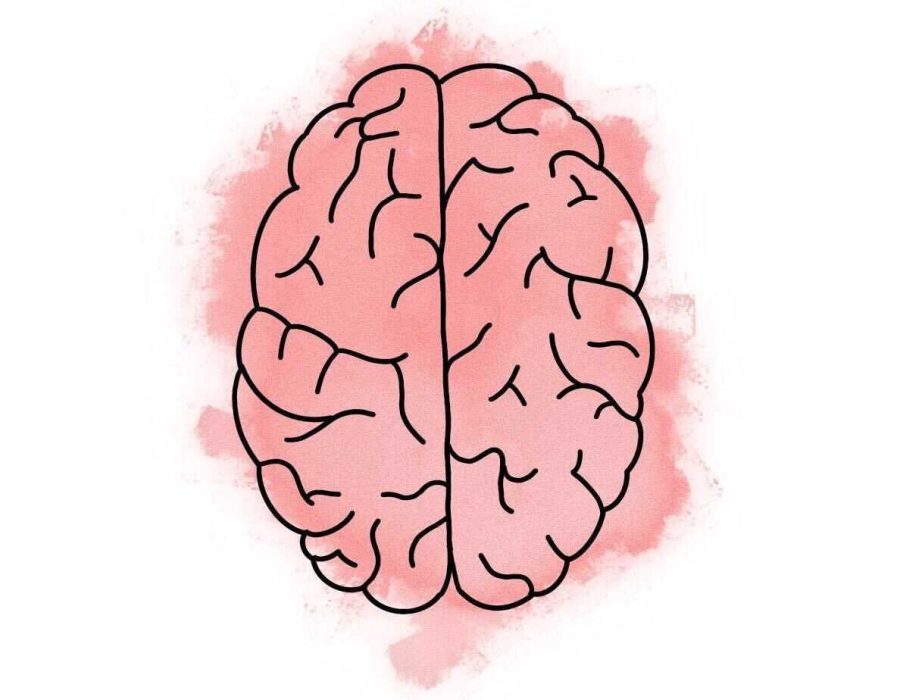University of Arizona Health Sciences researchers uncovered a new possible treatment that would reduce the likelihood of stroke patients developing dementia in the time following their stroke.
Kristian Doyle, associate professor of immunology at the University of Arizona College of Medicine and the study’s principal investigator, explained that while initially the stroke does not cause dementia, it affects the part of the brain that controls motion, a close neighbor to the part that controls memory. Damage from this segment of the brain can then seep into its neighbor, which controls memory, causing dementia.
“I’ve always wanted to help develop treatment for stroke, and in order to develop a treatment, I realized that a good target would be the inflammatory response district,” Doyle said.
Strokes take place when blood flow in the brain is cut off, and brain cells die due to a lack of oxygen. In response, immune cells work to remove the dead and damaged cells, causing inflammation in that area of the brain.
RELATED: Creation of the “falloposcope” endeavors to assist earlier diagnoses of ovarian cancer
“So the stroke just causes this paralysis, but then memory is fine. But in the weeks and months after stroke, as there’s inflammation in the part of the brain that causes this paralysis, the inflammation just spreads. It sort of seeps out to the next-door areas … the next-door part of the brain is important for memory,” Doyle said.
Doyle contextualized this issue into a concept that students could relate to, comparing the reaction of the body after a stroke to working through lack of sleep or nutrition.
“You probably have some late nights where you’re working on a paper or studying for a test the next morning, but the more tired you get, it’s probably harder for you to absorb the information or actually write the paper because your brain is tired,” Doyle said. “So just imagine how hard it must be for a recovering stroke patient, who’s got a dead piece of brain in that skull and an active immune response for three to six months, to try and process that tissue.”
Doyle’s team discovered that treatment with the drug cyclodextrin, which is U.S. Food and Drug Administration-approved and an ingredient in other drugs, leads to less inflammation and accumulation of cholesterol in the mouse brain.
“We use this drug called cyclodextrin. It’s a barrel-shaped molecule … . We’re just administering it with the hope that it has been broken up and it will go into the [cranial] cavity and be sequestered so the immune system doesn’t have to clear it itself,” Doyle said.
According to Doyle, major drug companies are not currently pursuing treatments for strokes, due to previous failures in this field of research.
“Unfortunately, the state of stroke research within drug companies is that they’ve largely turned away from developing treatments for stroke … . They’ve lost billions of dollars in the past trying to develop treatments, and pretty much every trial of a drug has failed,” Doyle said. “The reason they’ve lost so much money is that most of their attention has been turned to developing treatments that save the brain during the stroke, but you’ve only got a window of probably less than six hours to intervene.”
This lack of action is seen by many researchers in this field as problematic, considering just how many people suffer from strokes and stroke-related dementia.
“To put it into context, there are 800,000 people that have a stroke every year in America, and so there’s a big gap in assistance being provided for them in terms of drug development,” Doyle said. “Up to one-third of people who have a stroke develop dementia in the months afterward.”
“We think we can maybe make the [cyclodextrin] barrel more effective by modifying its structure. And so that’s another piece of development in the drug development pipeline, as well as reducing the dose number to see if we can make a chemical modification to make it more effective,” Doyle said.
RELATED: University status update: Walk-in vaccine clinic, plans for campus reentry
While there are many steps still to take in this research, including obtaining funds for further exploration into the effectiveness of this treatment, Doyle and his team are optimistic about their findings and the implications they may have on the future of post-stroke dementia treatments.
“I’m very optimistic … . We think we can improve people’s recovery and quality of life if we can just dampen inflammation after strokes,” Doyle said.
Follow Sam Parker on Twitter










